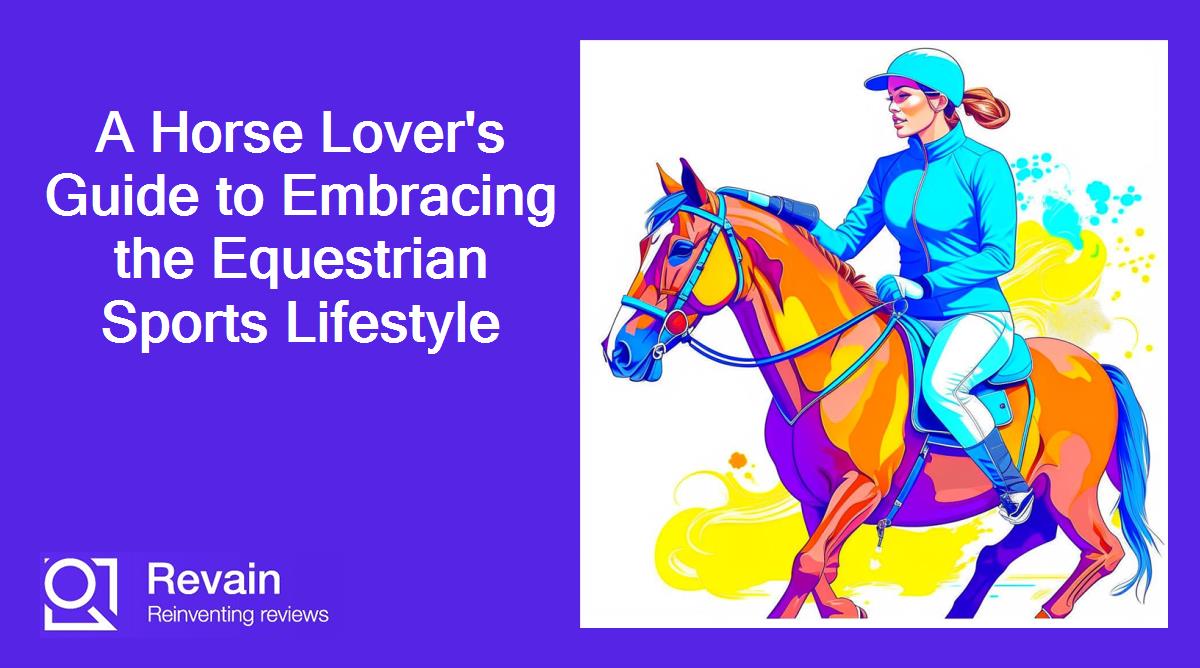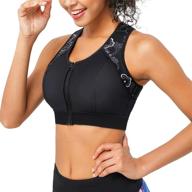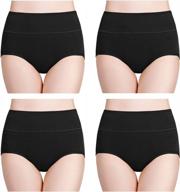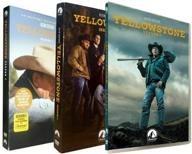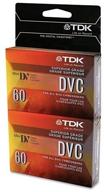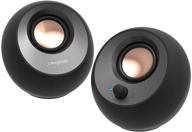Similar products
Riding Apparel Essentials
Having the right riding apparel is crucial for every equestrian. The proper attire not only allows you to ride comfortably and safely, but also reflects your professionalism and dedication to the sport.
Another interesting products
Breeches
Breeches are snug-fitting riding pants that provide flexibility and range of motion in the saddle. They are usually made of lightweight, breathable fabrics like cotton, polyester blend, or microfiber. Key features include:
- Stretch panels in knee areas for comfort and grip
- Silicone knee patches to prevent sliding
- Zippers at ankles for ease of pulling on and off
- Pockets to hold small essentials
Full-seat breeches have gripping material on the inner legs and seat to help stick to the saddle and prevent sliding. Choose tan or light colors which are standard for schooling and shows.
Riding Boots
Riding boots protect the ankles and lower legs while providing support and proper leg position when riding. The main types are:
| Type | Features |
|---|---|
| Paddock boots | Short boots meant for everyday riding. Have laces or elastic sides. |
| Tall boots | Knee-high boots used for shows and formal riding. Have zippers and may need tall boot socks. |
| Chaps | Chap-like boots worn over paddock boots for extra coverage and a tall boot look. |
Boots should fit snugly while still being comfortable. Opt for leather or synthetic leather which form to your leg and ankle over time.
Helmets
Riding helmets are essential protective gear, guarding your head from injury in the event of a fall. Key features include:
- Meets safety certifications like ASTMF1163 to ensure proper impact protection
- Proper fit with harness adjusted snugly under the chin
- Visible color for high visibility to others
- Ventilation holes help keep your head cool
While traditional black helmets remain popular, schooling riders can choose helmets in fun colors. Replace your helmet after a major impact or every 5 years as materials break down over time.
Gloves
Riding gloves serve many purposes including:
- Improve grip on reins
- Absorb sweat
- Protect hands from blisters and calluses
- Keep hands warm in cold weather
Look for gloves made of durable leather or synthetic suede with padded palms and flexible spandex backs. Fingerless options provide better feel and control of the reins in warm weather.
Half Chaps
Half chaps are gaiter-like covers worn over paddock boots to protect the lower legs from stirrup leathers and other elements. Benefits include:
- Easy to slip on and off over boots
- Smooth leather inner prevents boot rubs
- Outer material protects against brush and debris
- Variety of styles to match boot color
Half chaps should fit smoothly over your calf without sagging or binding. For schooling and trail rides, focus on comfort and functionality over elaborate embellishments.
With the proper riding apparel, you can feel stylish and put together while staying protected and focused on your ride. Invest in quality pieces suited for your discipline that provide comfort, safety, and confidence in the saddle.
Top products in 🏇 Equestrian Sports
Must-Have Saddlery
Quality saddlery is essential equipment for both horse and rider. Properly fitted tack allows the horse to perform comfortably while also helping the rider maintain correct position and effective aids.
Saddles
The saddle is the foundation of saddlery, securely carrying the rider on the horse's back. Considerations when selecting a saddle include:
- Tree width to fit the horse's back
- Seat size for rider comfort and security
- Discipline-specific features like jumping blocks or a cutback for dressage
- Stirrup bar placement to properly position the rider's legs
Well-known saddle types include:
| Type | Description |
|---|---|
| All-purpose | Versatile saddle suitable for flatwork and low jumps in multiple disciplines |
| Dressage | Designed for optimal freedom of movement with long, straight flaps |
| Jumping | Forward seat and padded front to accommodate two-point position over fences |
Bridles
The bridle includes the headstall, bit, and reins which together allow the rider to control and direct the horse. Features include:
- Properly fitted crownpiece and cheek pieces to avoid pinching
- Bit style and size suited to the horse's mouth and training
- Browbands and decorative details to coordinate with saddle and rider style
Bridles are commonly constructed of leather or synthetic leather, with padding to relieve pressure points behind the ears and at the poll.
Saddle Pads
Saddle pads have several advantages:
- Protect the saddle from sweat and wear
- Absorb shock and impact for smoother ride
- Even out fit inconsistencies between saddle and horse
- Variety of colors to complement tack or riding discipline
Look for saddle pads made of natural fabrics like wool, cotton, or fleece with consistent thickness and minimal compression. Proper placement distributes pressure evenly across the horse's back.
Stirrups
Stirrups support the rider's weight and provide security and balance in the saddle. Considerations include:
- Weight - aluminum lighter than steel but more expensive
- Tread width and design for ball of foot
- Safety features like breakaway sides
- Styles ranging from functional to highly decorative
Proper stirrup length allows heels to be lower than toes when seated in saddle with stirrups hanging freely.
Girths
The girth secures the saddle in place around the horse's barrel. Features include:
- Relative elasticity or rigidity based on discipline
- Leather, nylon webbing, or other materials
- Billets, points, or hybrid attachment styles
- Padded versions to prevent chafing
A correctly tightened girth should allow 1-2 fingers between horse and girth. Distribute tightening evenly on both sides to avoid rubbing or restricted breathing.
With properly fitted quality saddlery, both horse and rider will be comfortable, secure, and poised for success in their riding endeavors.
Caring for Your Horse
Owning a horse is a big responsibility. Horses rely on us to provide for all aspects of their health and wellbeing. Here are some key areas to focus on when caring for your equine partner.
Grooming
Regular grooming is essential for a horse's comfort and health. Benefits include:
- Promotes circulation and skin health
- Detection of injuries or skin issues
- Bonding time for horse and handler
- Keeps coat clean and shiny
Aim to groom before and after each ride. Use a variety of brushes like stiff dandy brushes for dust, softer brushes for coats and legs, mane combs, and hoof picks. For example, spend 10-15 minutes using long strokes with a dandy brush to dislodge dirt, followed by a softer brush to smoothen the coat.
Fly Protection
Flies can spread diseases and bite horses, causing considerable discomfort. Options for deterring flies include:
- Fly sheets - protect the body while allowing airflow
- Fly masks - guard the eyes and ears from insects
- Fly sprays - repel flies from the coat
- Automatic spray systems - deliver periodic fly spray mist to the stall
For example, apply a permethrin-based fly spray like Absorbine UltraShield to your horse's coat every 2-3 days during fly season. Reapply after sweating or bathing.
Blanketing
Turned out horses may need blanketing in cold or inclement weather. Consider:
- The horse's age, breed, and hair coat thickness
- Conditions like wind, precipitation, and temperature
- Blanket weights - heavier for colder weather
- Waterproof outer layer to keep horse dry
For instance, an older horse or one with a thinner coat may need a mid-weight 200-300g fill blanket below 50°F. Ensure the blanket fits well so it stays in place.
First Aid Supplies
Keep a well-stocked first aid kit to treat minor medical issues. Include:
- Bandages, gauze, wraps, scissors, gloves
- Antiseptic wash, ointment, swabs
- Thermometer, tweezers, hoof pick
- Medications - banamine, electrolytes
For example, use a non-stick absorbent pad and vet wrap to bandage a minor leg wound until the vet arrives. Keep supplies in a clean, dry area.
Treats
Treats are useful for encouraging positive behavior. Chooseoptions like:
- Carrots - good source of vitamins
- Apples - rich in antioxidants
- Horse cookies - specially formulated for horses
- Mints - promote fresh breath
For training, reward your horse with one or two baby carrots when he executes a behavior properly. Use treats in moderation to prevent digestive issues.
Caring for a horse requires dedication, patience, and education. But the bond built with your equine partner makes it all worthwhile.
First Aid Supplies for Horses
Having the right first aid products on hand is crucial for treating minor injuries or illness in horses. Keeping a well-stocked kit prepares you to provide prompt first aid until the veterinarian arrives.
Wound Care
Products for cleaning and protecting wounds include:
- Antiseptic wash like povidone iodine - cleans bacteria from wounds
- Triple antibiotic ointment - prevents infection in minor cuts
- Nonstick gauze pads - won’t disturb clotting
- Self-adhering bandages - easy to wrap wounds
For example, flush a leg laceration thoroughly with sterile saline, apply antibiotic ointment, and bandage with nonstick pads and standing wrap.
Bandaging Materials
Essential bandaging supplies include:
- Roll gauze - versatile for any wound size
- Vet wrap - sticks to itself to secure dressings
- Leg quilts - padding under wraps
- Duct tape - temporary fastener for wraps
You can use gauze, quilts, and vet wrap to make a protective pressure wrap for an injured ankle until the vet can examine it.
Medications
Handy medications to have on hand are:
- Banamine - reduces pain and inflammation
- Electrolytes - restores hydration
- Antacids - alleviates gastric distress
- Triple antibiotic eye ointment - treats eye infections
For instance, give 1-2 grams of banamine paste orally if your horse suffers a strain to reduce swelling and discomfort.
Tools
Useful tools include:
- Thermometer - monitors temperature
- Stethoscope - listens to gut sounds
- Scissors - cuts dressings and wraps
- Hoof pick - cleans hooves
Take your horse's temperature at the first sign of illness to check for fever. Normal temperature is 99-101°F.
Having the proper first aid kit means you can take action right away when minor emergencies happen until the veterinarian can provide advanced care.
Equestrian Lifestyle
Being involved with horses often becomes a central part of one's lifestyle. Here are some common facets of the equestrian lifestyle.
Equestrian Jewelry
Jewelry with horse themes allows equestrians to display their passion. Some popular options are:
- Horseshoe necklaces or earrings
- Jewelry with horse head pendants
- Bracelets with horse charms
- Rings with horseshoe or horse head motifs
For example, equestrians may wear a sterling silver horseshoe ring or a necklace with a diamond horse pendant to highlight their love of horses.
Equestrian Home Decor
Decorate your home with equestrian accents like:
- Framed prints of famous equestrian art
- Saddle pads displayed on walls
- Shelves showcasing horse trophies
- Furniture with horse or saddle design
For instance, use your show pad collection to create an art display in your home. Or upholster chairs in a horse print fabric.
Equestrian Media
Horse books, magazines, and events immerse you in the industry. For example:
- Subscribe to magazines like Practical Horseman
- Read classic books like Black Beauty
- Watch movies such as Seabiscuit
- Attend horse expos and demonstrations
Make a weekly habit of reading an equestrian magazine or book to deepen your horse knowledge.
Equestrian Activities
Of course, equestrians want to spend ample time riding and interacting with horses through:
- Horseback riding lessons
- Competing in horse shows
- Joining trail riding clubs
- Volunteering at therapeutic riding programs
For example, lease a horse for regular riding and take weekend lessons to hone your skills.
The equestrian lifestyle offers endless opportunities to incorporate your love of horses into everyday life.
How to Use Amazon Prime for Equestrian Shopping
As an equestrian, Amazon Prime can be invaluable for conveniently ordering essential horse supplies and equipment. Here are some tips for harnessing the power of Amazon to buy anything you need for riding.
Search Strategically
Amazon carries an extensive selection of horse products, so search smartly to find what you need:
- Use specific keywords like "riding helmet" or "paddock boots"
- Filter by brand, average rating, price range
- Check "Amazon's Choice" labeled products
- Read detailed reviews from fellow riders
Taking time to search thoroughly ensures you find well-reviewed products that perfectly match your needs.
Create Ideal Lists
Organize items into themed Idea Lists for future purchases:
- "Tack Room Essentials" - brushes, leather care, saddle pads
- "Rider Apparel" - breeches, gloves, boots
- "Grooming Must-Haves" - shampoos, fly spray, coats
Refer back to these lists when needing to restock certain supplies. You can check off or purchase items right from the list.
Save with Amazon Coupons
Use coupons to save on select horse supplies:
- Check online coupons - codes to enter at checkout
- Clip digital coupons directly to account
- Note daily coupons on product pages
- Combine coupons for additional discounts
Saving even a few dollars per item adds up when buying all your horse essentials online.
Join Amazon Prime
An Amazon Prime membership provides perks like:
- Free 1-2 day shipping on millions of items
- Access to Lightning deals and other exclusive discounts
- Streaming movies, TV shows, and Amazon Originals
The shipping convenience alone can justify the $139 annual fee for frequent equestrian shoppers.
By leveraging Amazon's massive selection, organizational tools, and member savings, you can conveniently stock up on all things horses and enjoy special member perks.
What Are The Different Types Of Equestrian Sports?
Equestrian sports require specific clothing and equipment for each type of sport. Here are some examples of the clothing and equipment needed for different equestrian sports:
Dressage:
Jumping:
Eventing:
Endurance riding:
In general, equestrian clothing should fit snugly, be well-ventilated, waterproof, safe, and durable. Equestrian safety equipment includes reflective clothing, helmets, riding vests, and boots.
Horse Riding Outfit Male
When it comes to horse riding outfits for men, there are several options available. Here are some of the most popular types of men's riding apparel:
- Riding breeches: These are athletic pants designed to help horse riders stay well-positioned and comfortable in the saddle. They come in different styles such as knee patch, full seat, and winter.
- Riding jackets: Men's riding jackets come in different styles such as show coats, riding jackets, raincoats, riding vests, cooling vests, warming vests, and more.
- Riding boots: Men's riding boots come in different styles such as dress boots, field boots, paddock boots, endurance boots, winter riding boots, and jodhpur boots. There are also western riding boots such as cowboy boots, roper boots, stacked heel western boots, and western paddock boots.
- Shirts: Men's riding shirts come in different styles such as show shirts, tee shirts, sweatshirts, polo shirts, hoodies, sweaters, western shirts, and technical shirts.
- Chaps: Men's chaps come in different styles such as half chaps and full chaps.
- Socks: Men's riding socks are designed to be comfortable and breathable.
- Hats: Men's riding hats come in different styles such as cowboy hats, ball caps, headbands, and winter hats.
When choosing a horse riding outfit, it's important to consider the type of riding you'll be doing, the weather conditions, and your personal preferences. It's also important to choose clothing and equipment that fits well, is well-ventilated, waterproof, safe, and durable.






